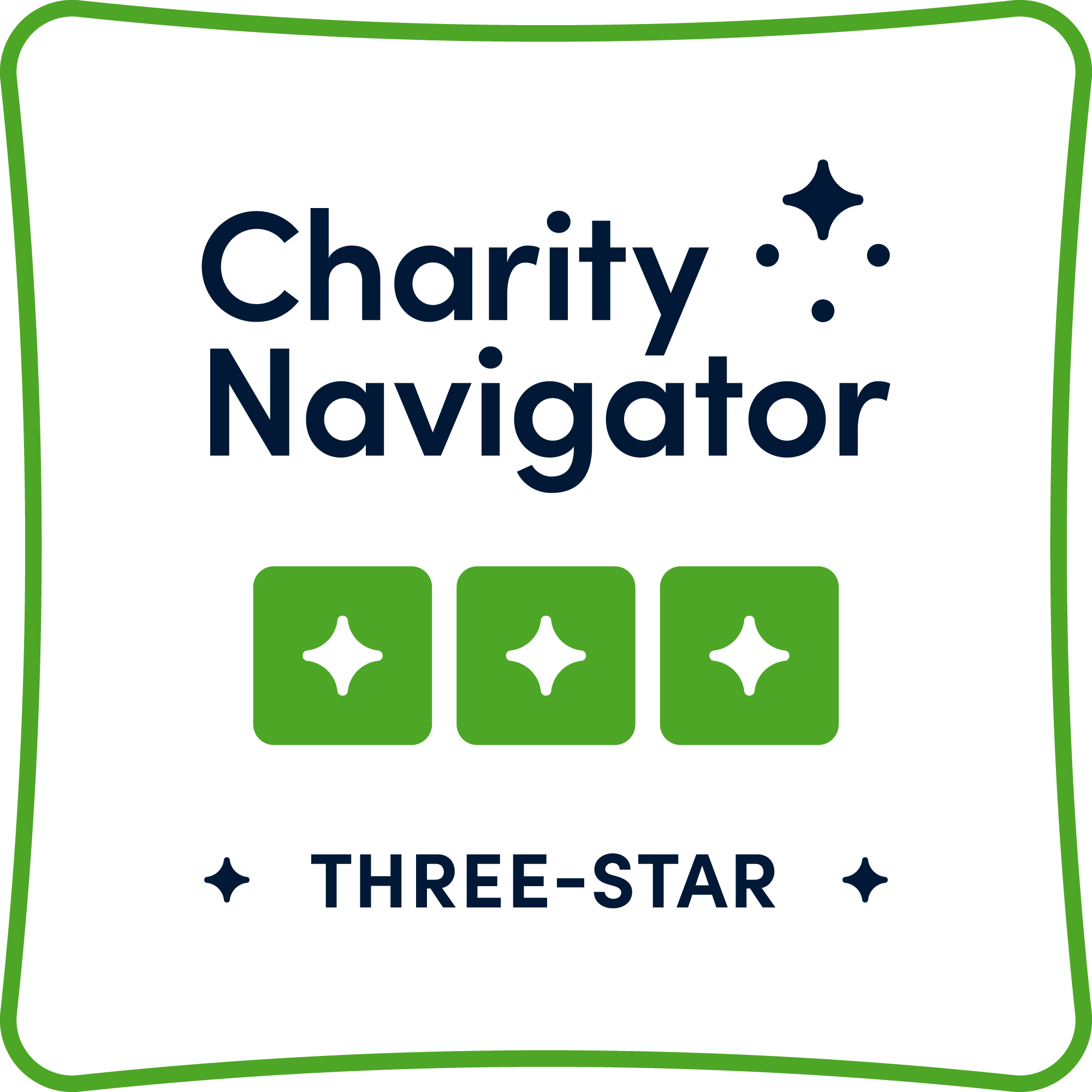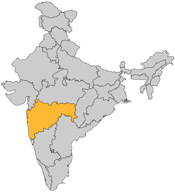
At Share & Care, we believe that a community in which women are empowered is a better community for all. The benefits of female empowerment extend from the growth of local economies to the well-being of a nation’s children.
As part of our Women Empowerment Signature Program and our mission to support India’s most marginalized individuals, we’ve partnered with Arpan, an incredible NGO working to raise awareness about child sexual abuse in India.
Child Sexual Abuse in India
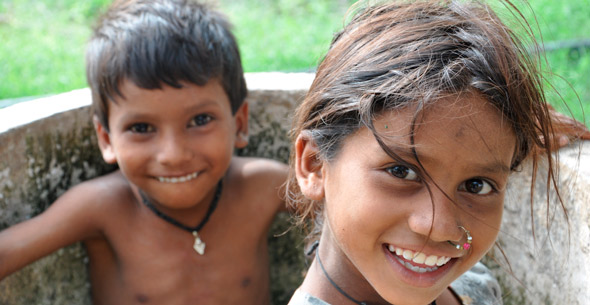
In 2014, a report from the Journal of Family Medicine and Primary Care showed that India is home to the world’s largest number of child sexual abuse cases. And according to a 2007 study on child abuse in India, girls and boys are at roughly the same risk of abuse — with male acquaintances or family members (uncles, cousins, neighbors) comprising the majority of offenders.
Overall, studies suggest that half of India’s children are exposed to some form of sexual abuse, and approximately 20% face extreme forms of it.
Unfortunately, these figures do not include many cases that go unreported each year, meaning it’s possible that child sexual abuse is even more common than suggested. Underreported sexual assault is an issue across the globe, but it is particularly prevalent in developing countries because there are fewer structures in place to address child protection. In India, not only is the topic of sexuality considered taboo, but many communities also operate under traditional patriarchal structures; therefore, children in these areas are less likely to report or even recognize inappropriate or harmful behavior.
Creating a Safe Environment for Children
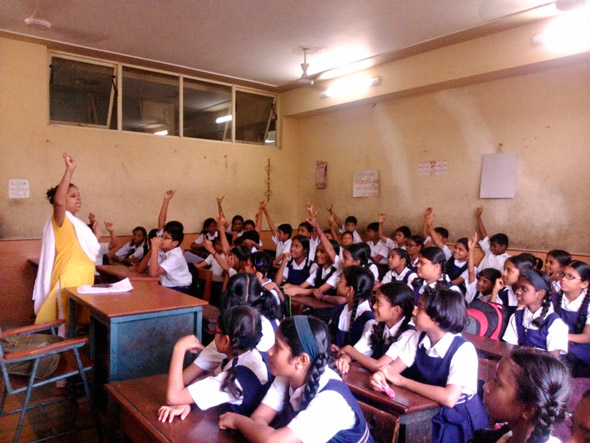
The strategy to combat sexual violence follows a primarily child-centric model:
- Educate children with information about personal safety.
- Empower them with a safe environment in which to report abuse.
- Provide psychotherapeutic support to those who’ve experienced it.
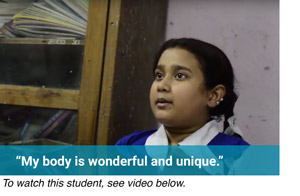
This is accomplished by working with Arpan, our on-the-ground NGO, who has developed a full program around prevention through education.
The Sexual Abuse Prevention project consists of partnering with schools to provide personal education for students through contextualized, age-appropriate workshops.
In these workshops, students learn how to recognize and communicate their own feelings — happy, scared, sad, confused — and how to identify safe and unsafe touches based on those feelings.
Do You Remember What You Learned in the Program?
The children also learn the names of different body parts so they can build a vocabulary to talk about “unsafe touches.”
Group lessons conclude with the reassurance that victims of unsafe touches are never at fault for what they’ve experienced.
The Heartbreak of a Sexually Abused Child
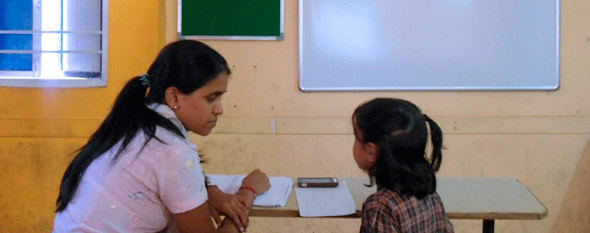
Unfortunately, child sexual abuse is a reality that makes prevention just one piece of the solution.
Arpan hosts individual sessions with each child to determine whether the child has been exposed to abuse. Children who have experienced abuse are provided with counseling and support; and for those who are currently experiencing abuse, Arpan works with a trusted adult to create a safety plan for the child.
The full Sexual Abuse Prevention program aims to foster safe environments where children (and adults) can learn and communicate about subjects that are usually off-limits. This communication is critical to the fight against child sexual abuse.
To date, Arpan’s workshops have helped more than 2,400 children who’ve personally experienced abuse. More information is provided in the video below.
The Sexual Abuse Prevention project empowers children with information and skills to prevent the risk of sexual abuse,
and seek support in case of violation. Source: Arpan.
In addition to personal education — which aims to educate not just children but also parents, teachers, and other community leaders — Arpan also hosts social events to raise awareness about child sexual abuse and lobbies for systemic changes at local, state, and national levels for the prevention and intervention of abuse.
▾
We are proud of what has already been accomplished; however, the unfortunate reality is that there is much more work to do and many more children who need our help. If you’d like to help combat child sexual abuse — and provide support and safety to those already suffering from it — please visit the link below to send a gift.

